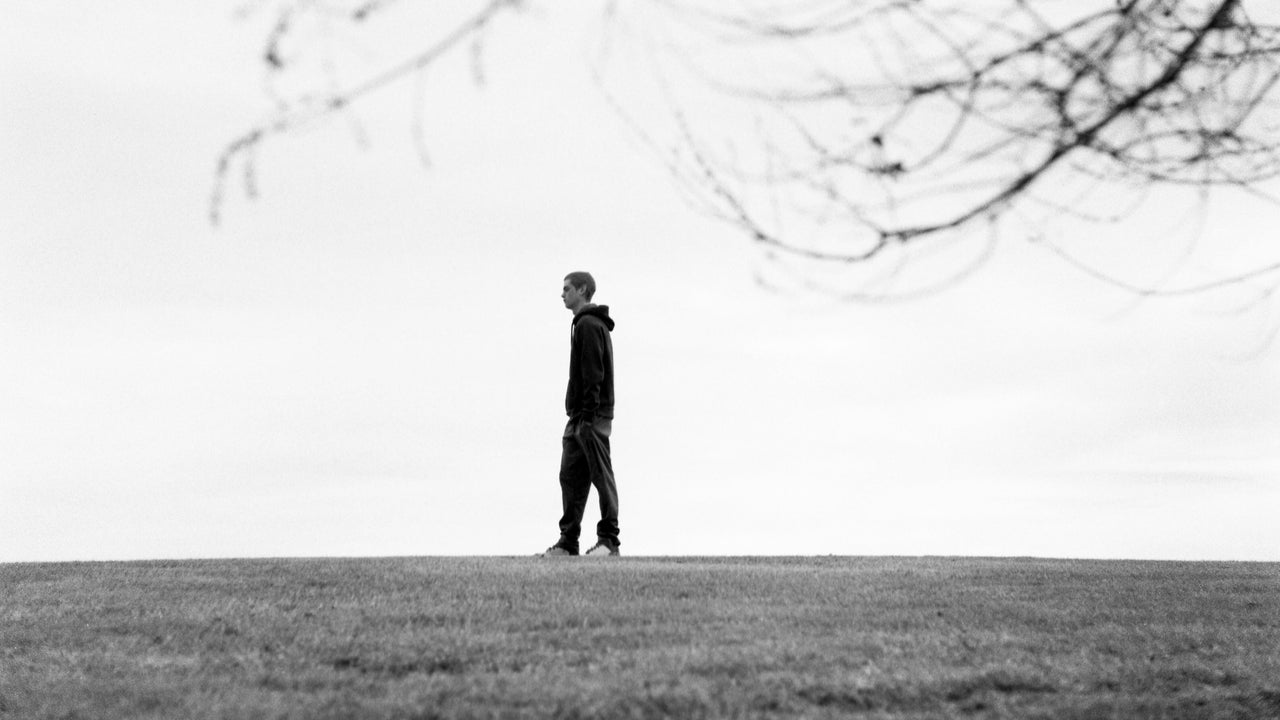One hot summer day in July 2013, a teenage boy with delicate lips and pale blue eyes gathered up his pillows, comforter and sheets and dumped them in the hallway.
Logan was angry and feeling unwanted, he later told doctors. He was also bored. He had lost his privileges for not doing his homework and was cooped up alone in his family’s ranch-style house in Allen, Texas.
His mother, Amanda Brown, and stepfather, Delton Brown, both software systems engineers, were away at work. His younger brother, Elijah, was in day care.
Making his way to the kitchen, Logan found some matches on top of a cabinet and set the pile of bedding ablaze.
When the fire marshals finally arrived, they found some smoldering linens and a 4-by-4-foot patch of damaged carpet exposing the concrete foundation. Logan was led away by police in handcuffs to a psychiatric facility, triggering a chain of events already familiar at the Brown household.
He was home about a week later.
The attending physician at Green Oaks Hospital in Dallas, Dr. Walter Elliston, recommended residential treatment, saying at the time of discharge that Logan had “limited insight into the dangerousness of his behavior.” But the insurer for the health plan provided by Amanda Brown’s employer declined to cover full-time care under her policy.
Instead, a doctor evaluating the case on behalf of United Behavioral Health said Logan’s “acute psychiatric symptoms” were resolved and offered coverage for partial hospitalization of Logan ― a recommendation that Elliston strongly supported. His mother worried this treatment would be insufficient for Logan’s needs and would require her to shield Elijah, who had begun to develop a stress response to the environment at home. But she was unable to quickly arrange full-time residential treatment that she could afford.
On Aug. 2, 2013, Logan was discharged.
Cracks And Loopholes In The Path To Treatment
America is in the throes of an epidemic of mass and interpersonal violence, often carried out by young men stewing in a mix of unaddressed mental health and behavioral problems. Sometimes the challenges these young men face are noticed too late.
But just as frequently, they are spotted early, but various factors — including inadequate coverage of mental illnesses by insurance companies — mean that children don’t get the help they need soon enough to make a difference.
“Every young person I see in prison, particularly those who are there for violent crimes, if we paid attention to the red flags and intervened earlier, [wouldn’t be there],” said Adam Foss, who served as assistant district attorney in the Suffolk County District Attorney’s Office in Boston from 2008 to 2016.
Most kids with mental health or behavioral conditions never commit violence. But the health care system was not designed to help those who do pose a danger to themselves or their families, and it often neglects them.
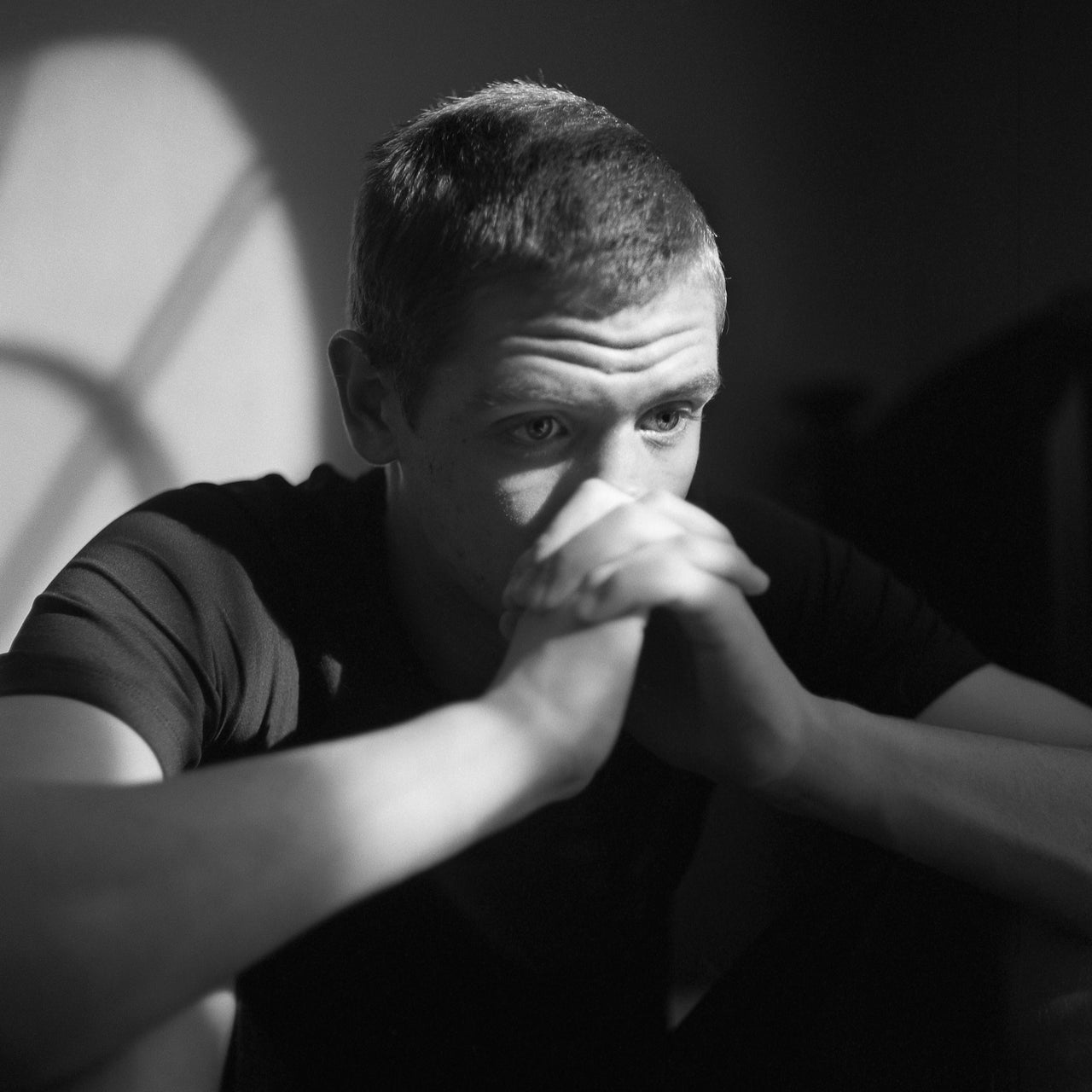
Data gathered by the Substance Abuse and Mental Health Services Administration and a study by Johns Hopkins Medical Institutions suggest that 1 percent of the nation’s population under age 18, or roughly 740,000 children and adolescents, may qualify as having a psychotic disorder.
“I can tell you horror story after horror story of kids who have been denied additional hospitalization, who have been denied residential [placement], and the kid is running around the kitchen wielding knives,” said Gene Beresin, the executive director at the Clay Center for Young Healthy Minds at Massachusetts General Hospital and a professor of psychiatry at Harvard Medical School. “Some families are absolutely terrorized.”
The challenge, he said, is that “the treatment of children requires a village, and we don’t have a village. We have silos, and not all these silos are covered by insurance.”
In a sense, Americans are facing a problem brought on by progress. A generation or two ago, children with behaviors that require specialized treatment or accommodation ― ranging from psychopathy to depression to neurological diversity, like autism ― were institutionalized in public and private facilities. Today a more enlightened system tries to keep the mentally ill and developmentally disabled with their families.
But for those who act out violently and threaten even loved ones, two questions endure: What is the best way to care for them? And who picks up the tab?
When Congress passed the Mental Health Parity Act in 1996 ― and then repeatedly extended and expanded it all the way through the Affordable Care Act of 2010 ― it was supposed to level the playing field for mental health ailments. Federal law requires that insurers apply the same criteria in determining coverage for physical and mental illnesses. But the law is not strictly enforced, and insurers have taken advantage of that.
Nowhere is this clearer than in their ability to circumscribe inpatient care for mental illnesses more narrowly than inpatient care for physical illnesses. Often, insurers will not cover long-term residential treatments for mental health patients, even when doctors think these are optimal and offer the best chance at improvement ― and even when residential treatment is listed as one of the insurance plan’s benefits. Ultimately, laying claim to residential treatment hinges on the interpretation of a few seemingly innocuous words ― “acute” versus “custodial” services, the latter being the industry’s shorthand for nonskilled care. Amid the parsing of language, families like the Browns can be left in the lurch.
“Most kids with mental health or behavioral conditions never commit violence. But the health care system was not designed to help those who do pose a danger to themselves or their families, and it often neglects them.”
Amanda Brown is one of about 155 million Americans covered by an employer-sponsored health plan. In her case, the coverage comes through UnitedHealth Group, one of the country’s largest health insurers.
Yet, as she discovered, even for people like her ― and perhaps especially for people like her ― it is mind-numbingly difficult to access coverage for the long-term treatment of behavioral disorders.
Wealthy families can afford to pay out of pocket for the services their children need. And the expansion of Medicaid in more than 30 states under the Affordable Care Act has meant that impoverished individuals have greater access to inpatient treatment and intensive community-based services than in the past.
But “if you are middle class, it is damn near impossible to do anything for a mentally ill child,” Brown said.
From the time he was a toddler, Logan was a mystery to his mother. While academically on track, he acted out in surprisingly violent ways. At age 2, he was asked to leave his first day care facility for “erratic behavior and uncontrolled defiance,” she said.
At age 5, Logan went up behind her, Brown remembered, and struck her with a rubber snake in anger over her request that he put away his toys.
At first, she thought, “I can fix this,” she said.
Separated from his father when Logan was born, Brown remarried in 2005, and her son’s rages eased for a time. He bonded with her new husband, whom Logan called “Dad.” The two shot hoops, played video games and tossed footballs. When she got divorced a few years later, the boy took the split badly.
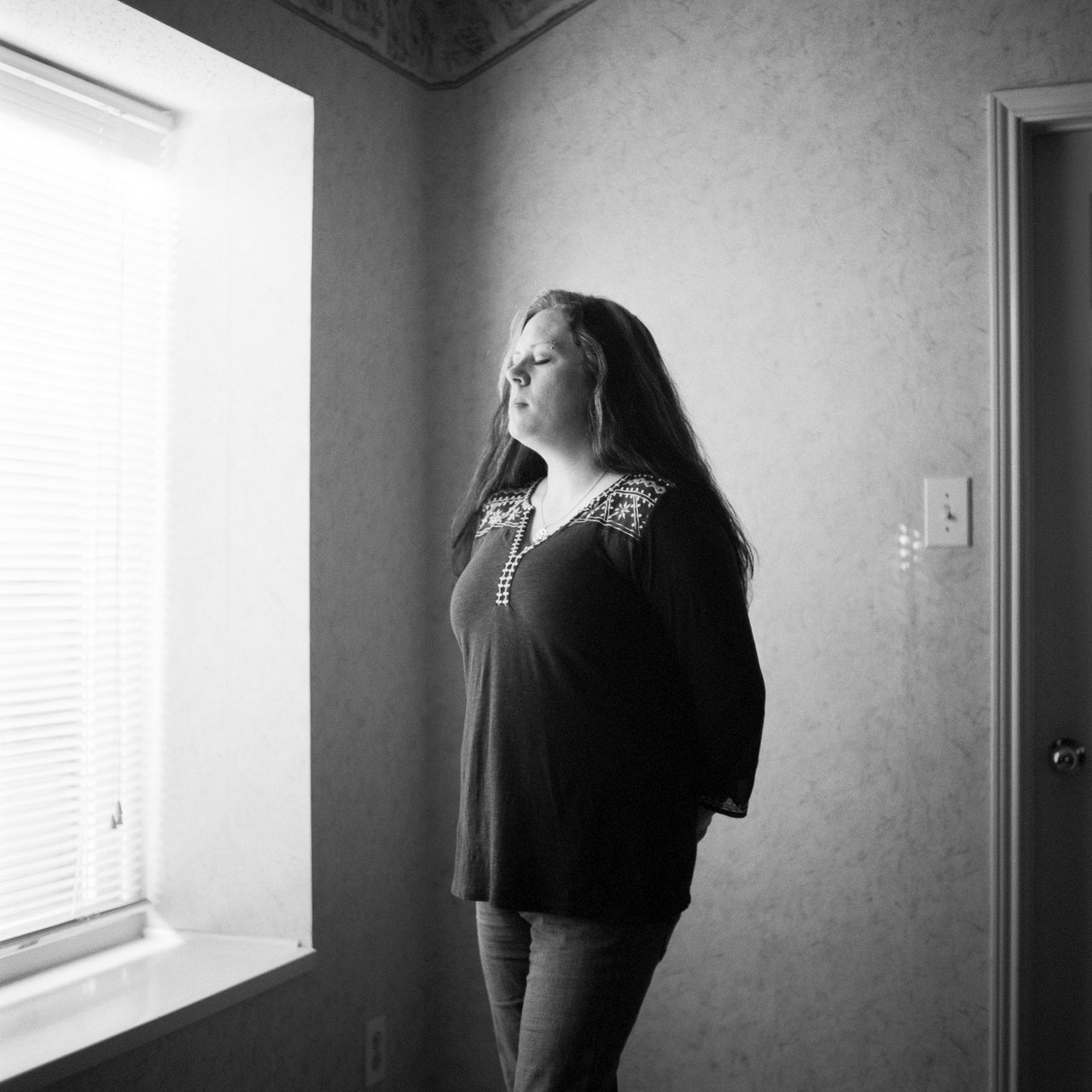
Over the years, Logan alternated between savagery and sweetness. His family ― which eventually included a new father figure, Delton Brown, and a baby brother, Elijah ― lived in a constant state of surveillance. Silverware and sharp knives were locked in the laundry room. External doorknobs were installed on the doors to the parents’ and Elijah’s bedrooms so Logan couldn’t enter without a key.
“I was taken aback the first time I saw him go into a rage. There was this blank stare,” remembered Delton Brown, whom Amanda Brown married in 2011. “I had never been in an environment where I had to lock myself away from a kid,” he said.
When he was 10 years old, his mother said that she and Logan fought over unfinished homework as she cooked dinner. An agitated Logan paced, yelled and threw things at her and Elijah, then 21 months old.
Logan tried to pour lighter fluid over the toddler’s head. Brown snatched the container away, but then Logan balanced a 10-pound bowling ball over Elijah. She put one hand under the bowling ball and with the other pushed Logan away.
Eventually she phoned the police, who took Logan to a juvenile facility for the night. He received six months’ probation.
Brown lived in a perpetual state of paranoia over what her older son might do next. After finding a dead rabbit in the yard, she called the police, worried that Logan might have dismembered it. The officer who responded said it was partly eaten by a hawk.
The disharmony at home weighed on Elijah too. When he was 11 months old, he started pulling out his hair and eating it ― a stress response, his pediatrician told her. She shaved his head after the pediatrician warned that the clumps of hair could calcify in his stomach and need to be surgically removed.
The Semantics Of Care
In 2011, the year Logan turned 12, Brown began to look closely into the benefits offered by United Behavioral Health, the subsidiary of UnitedHealth Group that administers and rules on mental health claims under her self-funded health plan. She was relieved to read that her policy covered inpatient mental health care and services at residential treatment facilities.
She didn’t pay much attention to it at first, but her policy also noted that the insurer “determines coverage for all levels of care.”
Police officers arrived shortly after a neighbor called 911 about the fire. They knew the Brown house well. Ten months before he set the blaze, Logan held a butcher knife to his own stomach. The police took him to a psychiatric hospital in handcuffs. He was given inpatient care for five weeks.
At that point, United Behavioral Health determined that he was not eligible for coverage of additional inpatient care under Brown’s health plan.
“Although he continues to have challenges at times using more appropriate coping strategies when he is frustrated, he does not appear to require the kind of services of an acute residential rehabilitation care setting at this point,” a doctor evaluating the case for United Behavioral Health wrote in a letter to Brown dated Oct. 19, 2012.
The doctor said the care Logan was receiving was considered “custodial,” which was defined in the letter as the delivery of clinical or nonclinical services that do not seek to cure and that are provided during times when a patient’s behavioral health condition is not changing. Such services don’t need to be implemented by trained clinical personnel, wrote the doctor, who offered the Browns treatment for Logan with outpatient providers.
Arriving at the scene of the fire in July 2013, the police officers phoned Brown at work and asked her to return home. “She refused to come,” said Allen Police Department Sgt. John Felty. “She said, ‘Take him to the hospital.’”
“We had previously had such a horrible time trying to get the child care, I wanted him to be transported to the hospital via police, not by me,” Brown explained. “I had hoped that the insurance and the hospital would take things more seriously that way.”
Felty said that under Texas law, the police didn’t have cause to take Logan to the hospital. He would have to be imminently suicidal or homicidal, the officer said.
According to Felty, Logan suddenly declared, “I have changed my mind. I want to hurt myself. Take me to the hospital.”
But again, it would not be for long.

Doctors at Green Oaks Hospital diagnosed Logan with mood disorder (not otherwise specified) — a malady he was first labeled with at age 10 ― as well as oppositional defiant disorder and attention deficit hyperactivity disorder, according to the hospital’s discharge summary. Diagnoses like these are common among boys who in previous generations would have been called troubled or delinquent. They can also be stand-ins for diagnoses such as bipolar disorder (with which Logan was eventually diagnosed) that the psychological establishment typically hesitates to apply to children.
In Logan’s case, his mother’s health insurance included a generous menu of mental health benefits. But accessing these benefits hinged on criteria that Brown said were never made explicit in her benefits book.
Coverage of inpatient and residential care appeared to be predicated on the presence of acute symptoms of mental illness. In denying coverage for residential treatment after the fire-setting episode, a United Behavioral doctor said in a letter to the family that Logan had been “medically cleared for acute medical issues and does not require the 24-hour monitoring provided at the residential rehabilitation level of care.”
The doctor acknowledged that Logan still needed “an environment that provides safety and daily care needs.” Again, however, such nonacute care fell under the catch-all term of custodial or nonskilled services. Custodial services were not covered by Brown’s plan, United Behavioral Health said.
That is simply not a defensible line to draw, according to Dr. Henry Harbin, a former CEO of behavioral health care companies Magellan Health Services and Greenspring Health Services who reviewed United Behavioral Health’s letters to Brown. “Most mental health and medical diseases are not acute. They require long-term, episodic treatment,” he said.
He advises the Parity Implementation Coalition, which seeks to ensure that mental and physical health benefits are comparable from a quantitative standpoint, such as number of doctor visits, and a nonquantitative standpoint, such as the setting of medical necessity criteria that can restrict the duration of inpatient care.
“If you are middle class, it is damn near impossible to do anything for a mentally ill child.”
- Amanda Brown, whose son has been in and out of psychiatric care
Under the parity law, Harbin said, if the insurer doesn’t limit inpatient care coverage for those with physical illnesses to acute situations, then it can’t so limit coverage for mental health patients. It is possible that UnitedHealth pays only for acute care for physical illnesses, he said, but “I haven’t seen it in my career. What employer would buy a policy that says, ‘Sorry, this is only for acute care. If you have cancer, you are not covered’?”
Dr. Martin Rosenzweig, the chief medical officer at Optum Behavioral, a UnitedHealth brand, defended the company’s decisions to limit coverage in Logan’s case in an April 2017 interview. “Honestly, there are no parity issues present in this case,” he said.
The challenge with behavioral health, he said, is it lacks the clear guidelines or treatment paths that exist on the physical side.
For all kinds of disorders, both mental and physical ailments, the insurer looks at “medical necessity” in assessing coverage, Rosenzweig said. The focus on acuity of symptoms, he added, is meant to “match the intensity of symptoms with the intensity of service.”
In other words, not every symptom requires inpatient care. What the insurer’s doctors are doing is weighing the risks that a patient’s symptoms will worsen.
“You will hear the symptom someone is suicidal, but there is a continuum there. How imminent is that? What is the [patient’s] intent?” said Rosenzweig. “Some people may have vague thoughts that they would be better off dead or they feel hopeless or they are a burden, all the way to someone who is actively planning [to kill him- or herself].”
For some people, chronic self-destructive thoughts are part of their illness, he said. “You can’t keep them in hospital until it completely goes, because it is not necessarily helpful,” he added.
Besides, he said, the decisions to discharge Logan after various episodes were made by the clinicians, not the insurer. “We don’t make discharge decisions.”
Rosenzweig disagreed with the suggestion that United Behavioral Health effectively made that decision when it stopped paying. “It is about what is covered under a plan and how we determine that versus the decision of whether you stay in the hospital or not.”
Fighting For Coverage
Refusing to cover mental health care on medical necessity grounds is not unique to United Behavioral Health. Nearly one-third of respondents to a survey conducted in 2014 by the advocacy group National Alliance on Mental Illness said that they or a family member had been denied mental health coverage because of such criteria. That was more than twice the percentage who said they had been denied medical care coverage.
In some states, frustrated families have set up support networks to advocate for change. A few years ago, New Jersey parents formed Denied Treatment, a group pushing the state to investigate claims that the federal parity law is not being followed.
Sometimes patients and their families go to court ― and sometimes this helps. State regulators and aggressive state attorneys generals such as New York’s have also brought cases that attempt to fill the void left by lack of federal enforcement of the parity law. This year, California’s Blue Shield and Magellan Health Services, which handles the insurer’s mental health claims, agreed to pay a $7 million settlement in a class action lawsuit accusing them of improperly using medical necessity standards to restrict coverage for residential and intensive outpatient mental health and substance abuse treatment.
An ongoing class action against United Behavioral Health in a California court alleges that the insurer has been changing its level-of-care guidelines “to make them even more focused on the presence of acute symptoms (and therefore more restrictive).”
“People rely in good faith on managed care companies to be honest with them,” said attorney Meiram Bendat, whose Los Angeles–based firm, Psych-Appeal, filed the suit. United Behavioral Health is “redefining the member’s benefits, saying they are limited to acute residential care when they are not.”
The Browns have received a notice saying they may be part of the class covered by the lawsuit filed by Psych-Appeal. A spokeswoman for the insurer said it believes the suit is without merit.
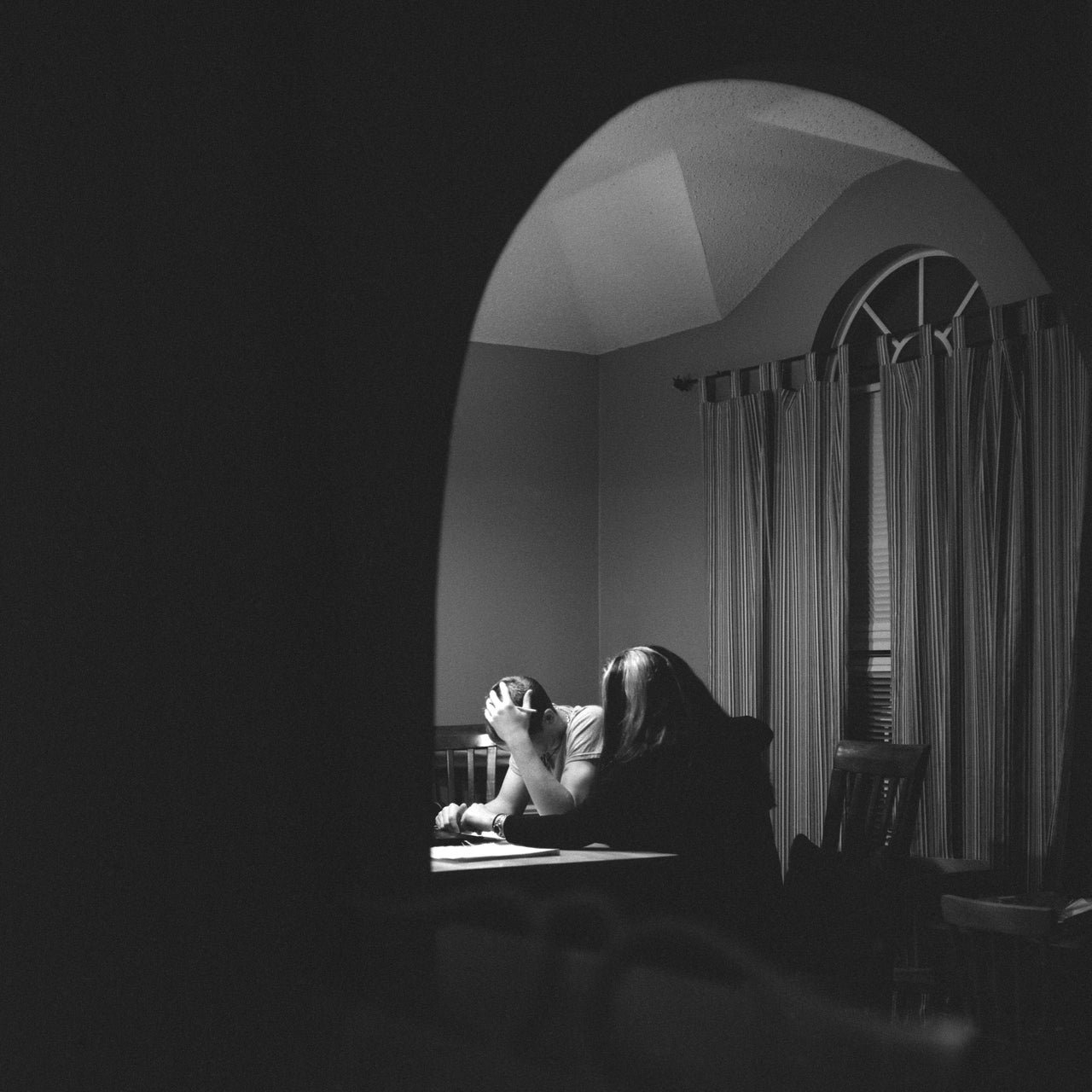
During the first weeks of August 2013, after he returned home from Green Oaks Hospital, Logan trashed the house ― overturning a recliner, kicking barstools and ripping up carpet that had been patched up after the fire, Brown said. Fearful for Elijah, she moved her younger son into her bedroom.
And she searched for the long-term residential care that the doctors had recommended for Logan. Some facilities refused to take him because of his aggression, while others were too pricey. Desperate, she approached Texas Child Protective Services.
But CPS focuses on abused and neglected children. At that time, the only way the agency would take Logan into state care, Brown learned, was if she refused to pick him up from a hospital or otherwise abandoned him.
“CPS would take him into custody, and the state would sue us … but he’d have the care he needed,” Brown recalled. “It was a terrifying choice. I obviously never even want to seem as if I am abandoning a child. The thought makes me want to cry. But at the same time, Logan needed care that we were not able to get through our insurance.”
Eventually, she secured a spot for him at Resolution Ranch Academy, a therapeutic boarding school for troubled teenage boys, a four-hour drive away in Cameron, Texas. To cover the family’s mounting expenses, she drained his 529 college savings plan and took out a $60,000 loan. After long days at her primary job, she began moonlighting as a copy editor to try to make a dent in the debt.
A spokeswoman for United Behavioral Health said that it empathizes with the Browns and believes Logan has received “all medically necessary care.” Over the years, the insurer has approved claims totaling more than $71,000 for him.
Brown has documented more than $135,000 that she has spent out of pocket on her son’s care. She suspects that sum significantly understates the total expense because at some point she stopped counting.
When he arrived at Resolution Ranch, Logan was expected to stay six to eight months. He remained there for 22 months, costing the Browns $68,306.
In June 2015, he left the facility because of “lack of progress, safety concerns due to continued aggression, and medical concerns due to recent seizures requiring two hospitalizations,” according to his exit report. “Logan is in need of a higher level of medical and psychological care.”
United Behavioral Health approved a request that Logan next be admitted to the Meridell Achievement Center, a residential treatment facility northwest of Austin.
For a time, Brown felt optimistic. Her son had been on a cocktail of drugs since he was 10. At Meridell the doctors tapered off his dosages of mood stabilizers like Depakote, the antipsychotic Risperdal and the antidepressant Zoloft and put him on a couple of new medications ― Trileptal, an antiepileptic, and amantadine, which is typically used to treat Parkinson’s disease but is also given to children with disruptive mood disorders.
The new medicines seemed to work better, she said.
But after a little less than a month, United Behavioral said it would stop approving coverage for inpatient care at Meridell. At that point, it had approved more than $15,000 in claims from the facility.
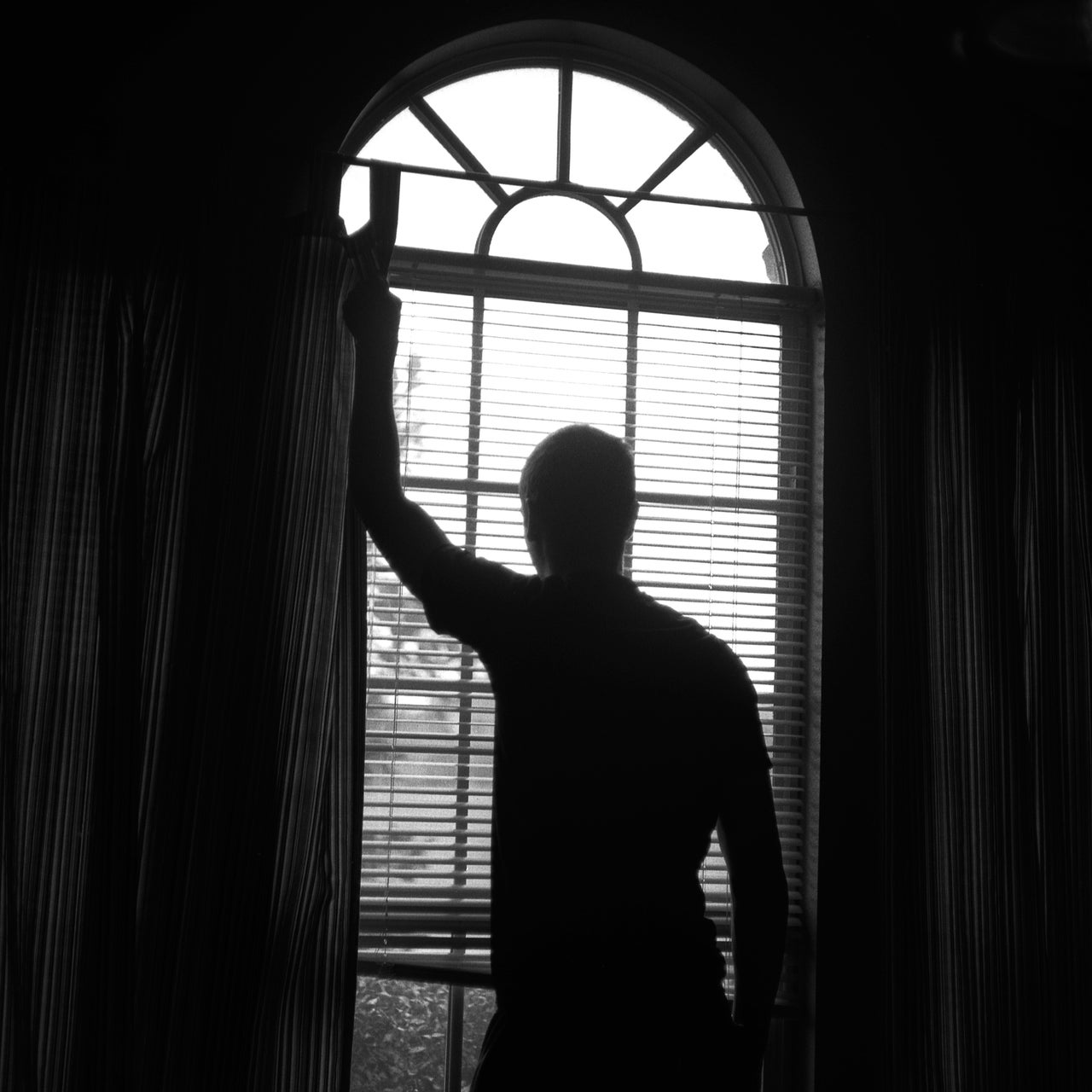
In one physician-to-physician review conducted with Gary Rosenberg of United Behavioral Health, Meridell psychiatrist James Hageman noted that “we discussed continuing reports of suicidal ideation with a plan to ‘get a gun and shoot myself’ upon leaving treatment.”
Hageman alleges in his discharge notes that Rosenberg said, “I hear what you say but this is a patient who has been inpatient or in residential treatment for the last three years. He will need to be in treatment for many years. I do not think suicidal ideation is enough to warrant residential treatment.”
Rosenberg said that while he didn’t remember details of the case, the discharge notes are “a blatant misquoting of what I was intending to say. I am certainly not in favor of people leaving treatment at whatever level of care until they have accomplished what they need to accomplish at that level of care and there is a structured treatment plan in place for the next level of care.” He said if he had recommended that the patient leave residential treatment, then it was because the clinical evidence supported that the individual had “benefited from that level of care.”
In a letter dated July 1, 2015, doctors for United Behavioral Health told the Browns that the insurance company would no longer authorize coverage for Logan’s treatment. They said he had received “extensive” inpatient and residential treatment since 2011 and yet he “continues to make threats to harm himself at home and shows no motivation to be safe in the community.”
“There is no expectation that continuing acute mental health residential care is going to make your child be able to be safe in the community within a reasonable time period,” they concluded.
Logan appeared to “require long-term residential care,” the doctors said, and that was not covered under Brown’s health plan. The doctors suggested continued treatment with outpatient providers consulting with a long-term state facility.
A subsequent letter noted that Brown could seek an independent external appeal, but she did not. She said she figured that if Logan’s doctors couldn’t persuade the insurance company to cover more days at the facility, then she certainly couldn’t.
“I can tell you horror story after horror story of kids who have been denied hospitalization and are running around the kitchen wielding knives.”
- Gene Beresin, executive director at the Clay Center for Young Healthy Minds at Massachusetts General Hospital
“I know in my situation I should have been sent away,” Logan told a reporter in the fall of 2016, two months after returning from a therapeutic boarding school in Utah. “I needed to go.”
Still, it’s “terrible” for a child to be sent away, he said. “It has to be at a point where you can’t help him no more.”
When Logan returned home that fall, Brown initially noticed an improvement. He continued to lash out verbally, but he rarely turned violent.
The teenager even handled a major disappointment well. After a girl who had asked him to the homecoming dance canceled, he was invited to join a male friend who also lacked a date. At the last moment, the friend refused to enter the dance hall, which meant Logan couldn’t attend either.
“I have to say, he handled it admirably,” his mother said.
Last year Logan turned 18 and moved away, living at first with his grandfather in Arkansas. This July he was arrested by local police and taken to Sebastian County Adult Detention Center in Fort Smith.
Communicating via Smartjailmail in August, he wrote that he doesn’t believe he has bipolar disorder or any other mental illness diagnoses that doctors have given him. He thinks that his real ills start and stop with a withholding family that doesn’t try to understand him. “I just have been done wrong too many times by the ones I thought I could rely on, including my own family,” he said.
His crime was posting a photo of himself on Instagram holding a knife with a caption that read, “Time to shoot up a school.”
He recognized that it was a mistake ― “I said something I shouldn’t have” ― but insisted it was just words ― “I have too big of a heart to do anything like that.”
Logan pleaded guilty to a misdemeanor, and he was released on Aug. 21.
